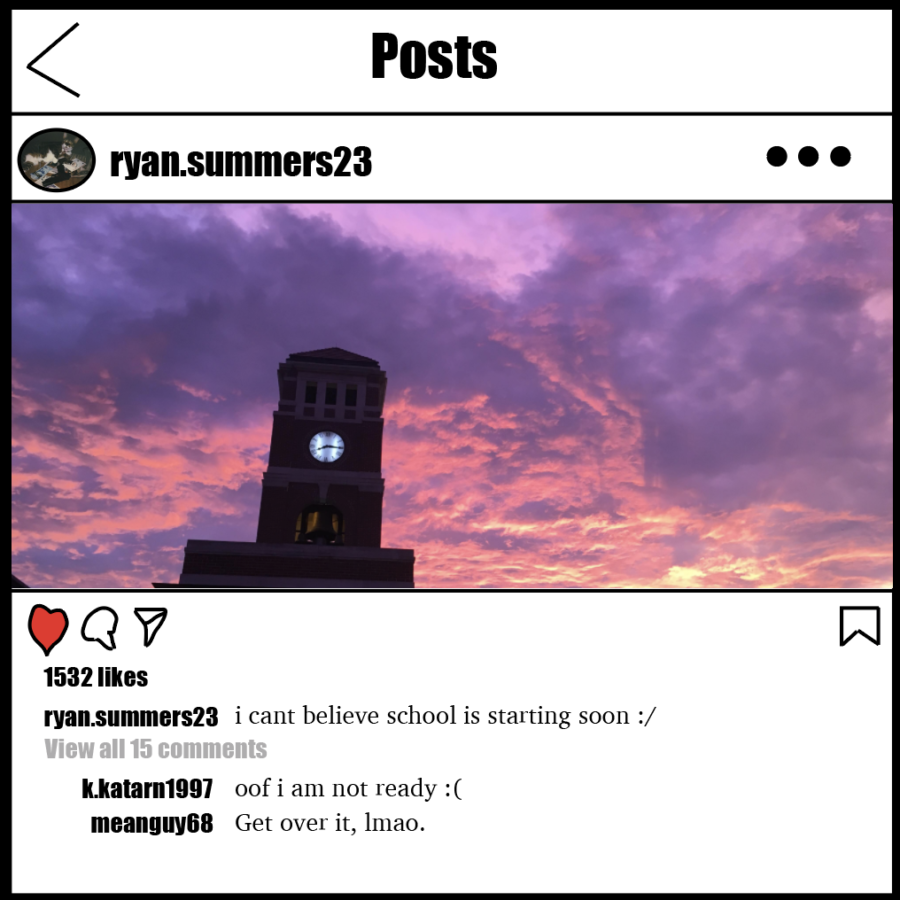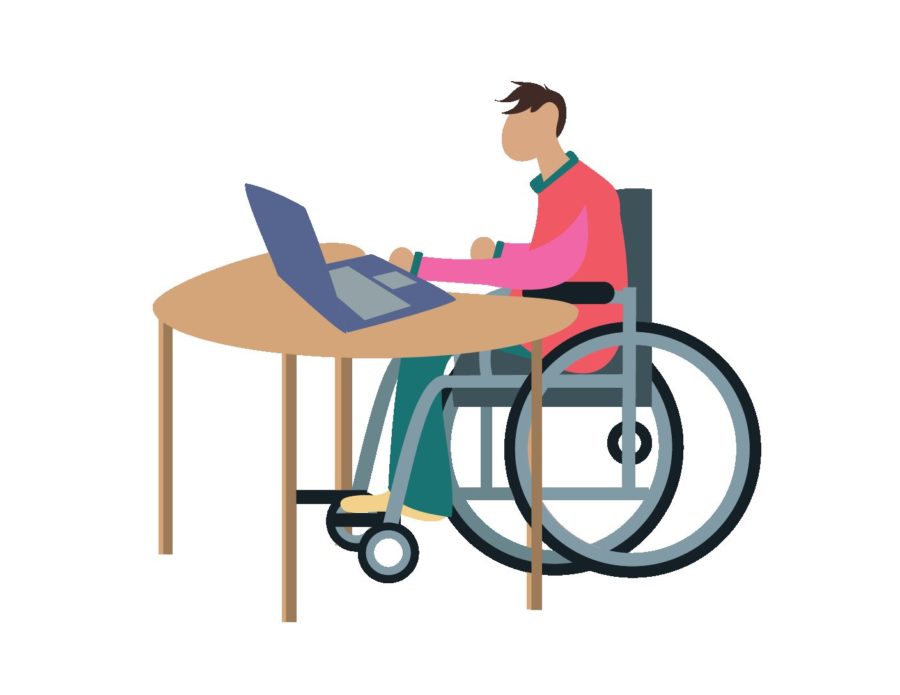Finsta has served as a safe space for teens and young adults for at least four or five years now. A “finsta” is a private, “fake Instagram,” where users feel more comfortable sharing a more authentic version of themselves with a limited number of followers. This authenticity includes but is not limited to unattractive selfies and memes and videos that come with shady captions.
As someone who took several social media breaks during freshman and sophomore year of college, I understand why people continue using finstas. Constantly seeing peers post the highlights of their lives can be exhausting if one is not doing well mentally. As someone whose finsta was exposed, which resulted in a finsta-free life for about two years now, you might want to reconsider your account, or at least, what you share.
The unsweet tea
My finsta empowered me to be problematic. Rather than focusing on myself, I would spread “tea” or gossip about my high school classmates, many of whom I assumed were doing worse than I was. I would go as far as captioning the tea with the words, “breaking news.”
While my 16 followers and I laughed about the drama, it was no longer fun when the people I was talking about found out about it, tweeted screenshots and sent me a long text about how miserable I must be before blocking me everywhere.
They were right. I had just gone through a breakup and failed to make strong connections to anyone besides my roommate, causing a lot of loneliness and time to get into trouble. Unconsciously, I believed that finsta would help me cope with these failures and did not realize how wrong I was until it was too late.
Look what you made me do
In the middle of sophomore year, a friend told me that my ex-boyfriend cheated on me several months after the breakup—he had allegedly made things official with the other woman on my birthday. The friend had evidence in the form of Facebook-official screenshots, which include the date they got together, and I was convinced she was right.
I listened to Taylor Swift’s “Reputation” album to feel like a misunderstood villain and posted the screenshots on my finsta along with rumors I had heard about his new girlfriend.
I was sitting with family at my grandmother’s house in Louisiana during Thanksgiving Break
when my ex’s girlfriend found out and wrote a series of subtweets threatening to expose me for information that I was convinced was correct.
I was shaking in my house slippers out of anger and worry for the majority of the night.
The next day, I received another long, angry text from my ex saying that he and his girlfriend had entered the wrong year on Facebook.
I felt emotionally exhausted and was convinced it was time to delete my finsta for good to reevaluate my messy life. This reevaluation included calls to my long-distance friends, social media cleanses and keeping my head down when I walked to class. At some point, things got better.
The bottom line
In conclusion, finstas are complicated. They give you the freedom to break down to your closest friends but at the cost of causing unnecessary drama and worsening your mental health.
If you are someone who can have a finsta without doing at least one of these things, congratulations. However, consider why you feel like you cannot be your authentic self on your main account. It may not be the most aesthetically pleasing, and the captions may not be as juicy as they could be on your finsta, but you’ll be more relatable and respectable that way.
If you have to clean your following and followers list or take a social media break to stop comparing yourself to others, do it. For now, I’m content sharing my authentic self, the good, bad and ugly, IRL.































